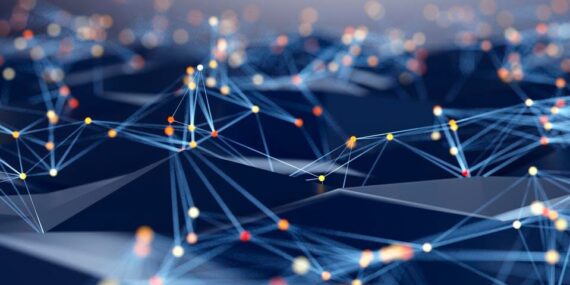The Hitchhikers Guide to Climate Change
Addressing climate change requires a mix of practical solutions, innovative thinking, and a change in our collective attitude. It’s like realizing that the Earth is not unlike a spacecraft, and we’re all astronauts. The only difference is we can’t step out for a breath of fresh air if we mess this up. As we embark on this journey, remember the words of the great intergalactic traveler, Ford Prefect: “Don’t Panic.” With a bit of effort, creativity, and a willingness to change, we can navigate through this. And perhaps, one day, we’ll look back and tell ourselves, “So long, and thanks for all the fish” – knowing that we did our part to keep the planet habitable for the dolphins, and ourselves.










